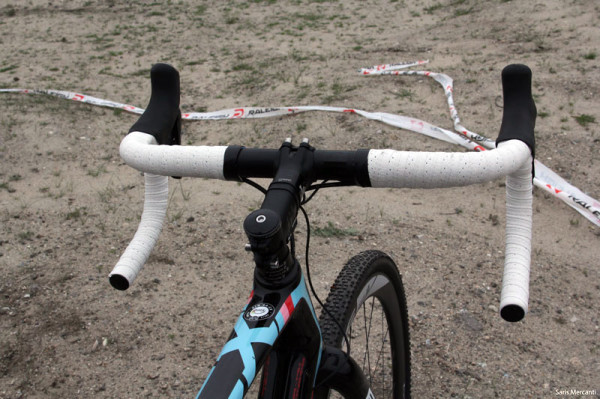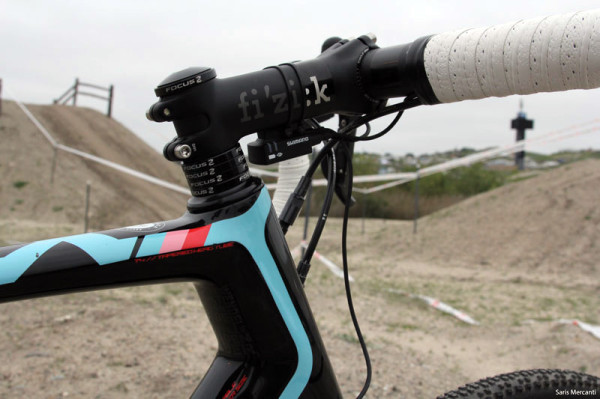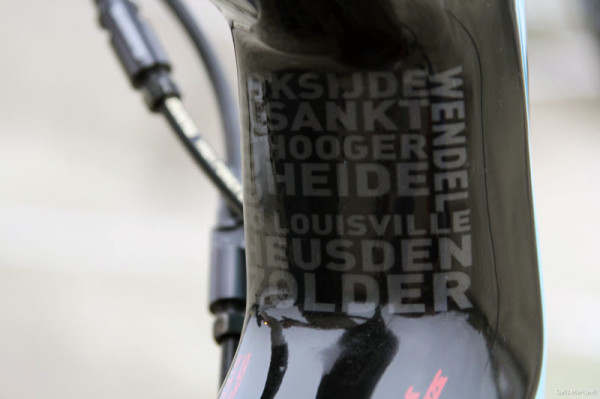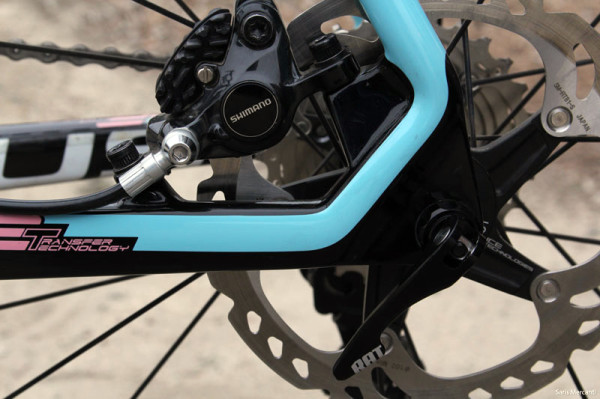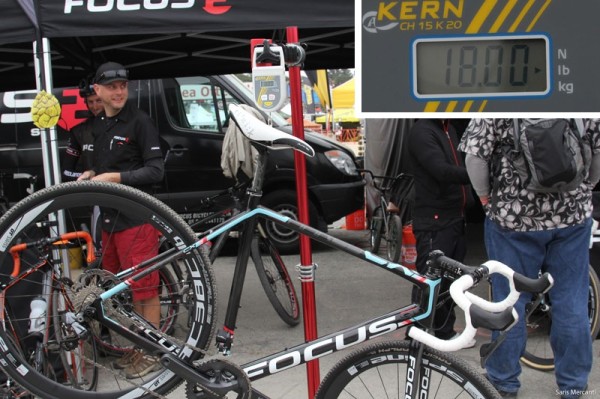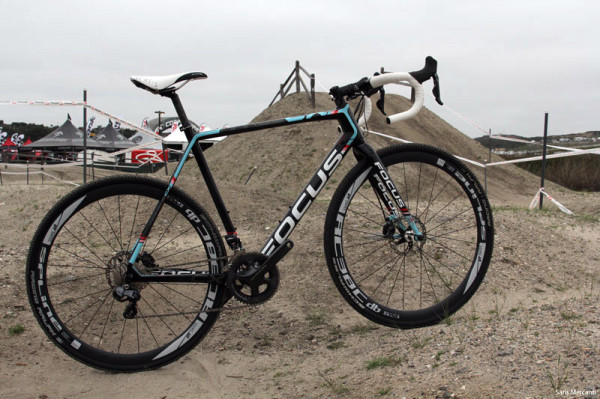
For the new model year, Focus has been counting grams, fine tuning the little things, and making some subtle changes to the geometry.
We spied some of these modifications earlier this year, but we got our first up close and personal look at Sea Otter, where 3x CX World Champ and Focus Founder Mike Kluge gave us a walk through….
For this production year, the Mare will be available in two versions – canti and disc. Claimed weight of the canti frame is 895 gm, while the disc frame gains 27 gm, bringing it’s total weight to 922.
Up front, one of the things the company is most proud of is the new fork. It’s a true monocoque design that is strong enough and stiff enough to be hammered around the CX course.
With the disc model, they suggest running a 160mm rotor in the front. There’s no real need to go bigger and if you go down to a 120mm rotor, head dissipation and brake performance can be a real issue. In the future, a 140mm rotor might be the sweet spot, but for the best performance, they’ve found the 160mm is king.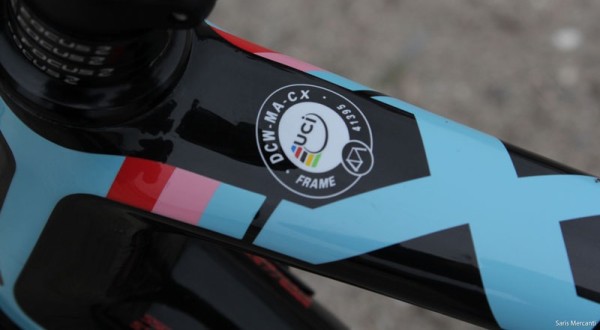
Kluge only recently started racing with disc brakes and wasn’t necessarily sold on the idea until he tried it. According to him, the braking power is excellent, although it doesn’t always make a huge difference in certain track conditions.
Where it matters is in making direction changes and being able to pass people in corners, because he can get on the brakes last and start pedaling first.
To enable riders to start pedaling sooner out of corners, the BB is now 5mm higher. That may seem contrary to some popular trends, but the geometry adjustment helps reduce pedal strikes.
The headtube one the Mare CX bikes is also slightly taller.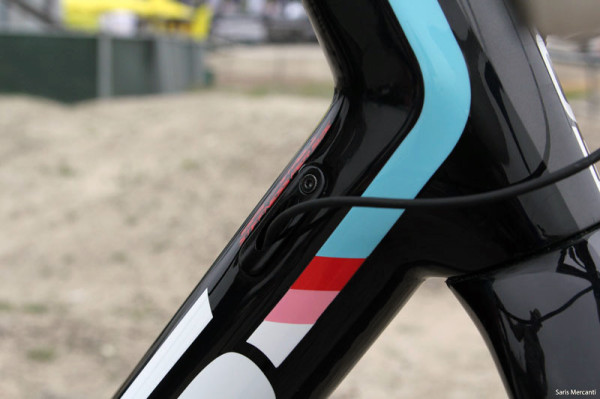
All of the cables are internally routed through these big sealed ports. There are no tubes inside the frame for routing, but the large access ports make the process of running new housing through the frame fairly painless.
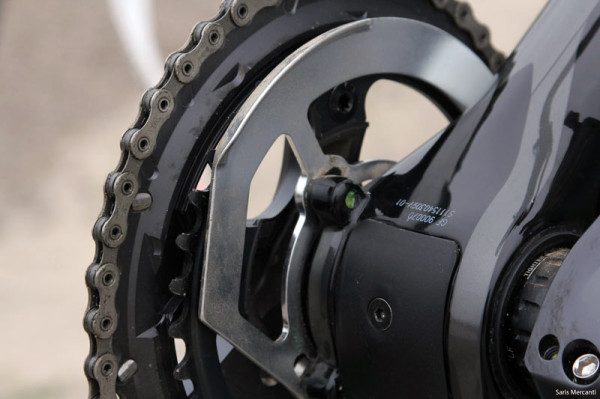
In order to eliminate dropped chains, Focus has incorporated a chain guard. The design weighs aprx 50 grams with hardware, and mounts up using the same ISCG-05 tab standard found on mountain bikes. We’re told it works with 34-46T rings.
One of the reasons they’ve incorporated the guide is they found that riders often make the mistake of doing a partial back pedal in order to set up for an obstacle, and that can cause the chain to come unseated.
Front and rear, the Mare utilizes a quick swap axle system called RAT.
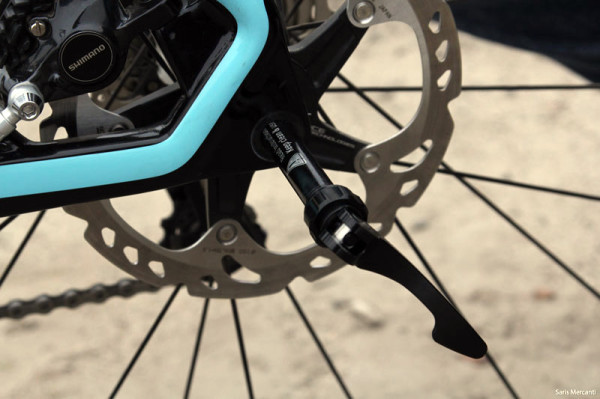
Just a quick quarter turn and the system releases, which makes for wheel changes that are as fast, if not faster than QR systems.
On the fork, the system eliminates the risk of putting the wheel on incorrectly, and offers more security.
The downside is the weight penalty but the safety benefits, stiffness, and ability to change the wheels so quickly are worth the compromise.
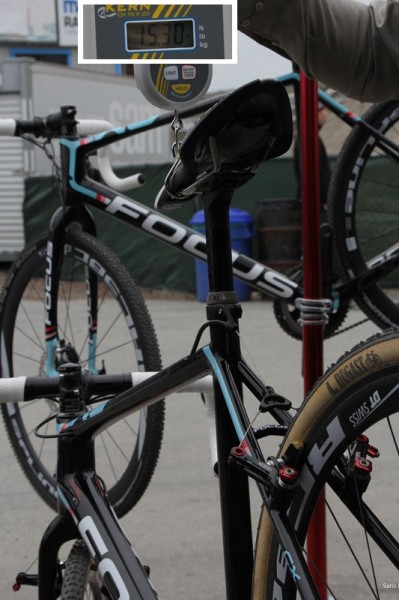
My apologies for taking this photo in lbs!
This year the two new frame and forks are ~500 gms lighter than the model they replace!
The bike weighed here is not necessarily indicative of the production spec, but gives you a good idea of what the canti equipped version might weigh built.
The Mare disc that was on display did not have the most high end build, but came in at an impressive 18 lbs flat. 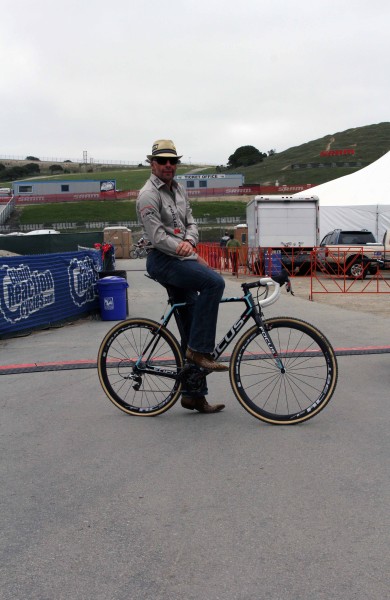 Special thanks to the man himself for giving us the full run down on the new product!
Special thanks to the man himself for giving us the full run down on the new product!
